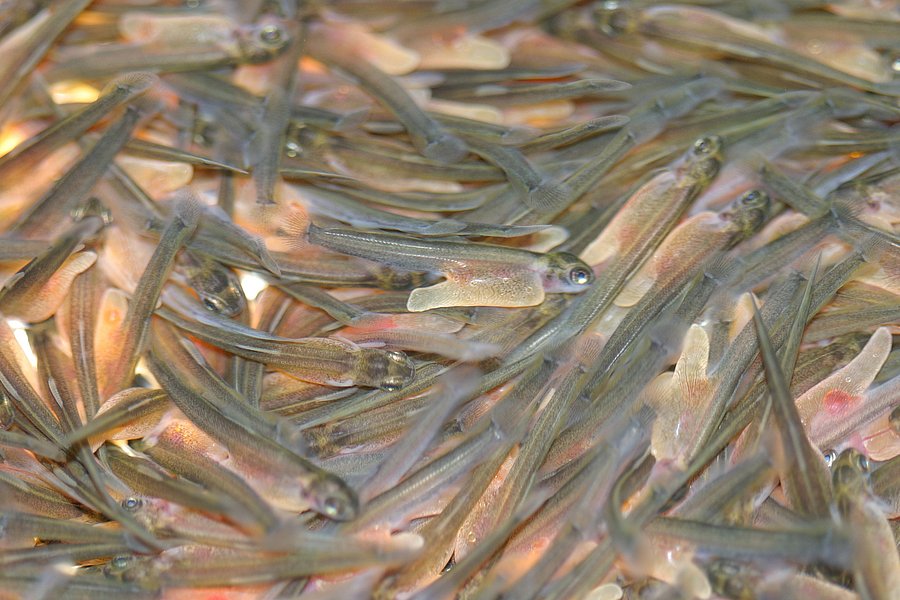
The main content of this page starts here

Genetic resources are part of the biological diversity. In the Convention on Biological Diversity (CBD) they are defined as "genetic material of actual or potential value". Aquatic genetic resources (AqGR) for food and agriculture include DNA, genes, chromosomes, tissues, gametes, embryos and other early life stages, as well as individuals, breeding and wild populations of aquatic organisms. Aquatic genetic resources form the basis for the productivity and sustainability of aquaculture and fisheries, as well as for essential aquatic ecosystem services in marine and freshwater habitats. Aquatic genetic resources can include bony and cartilaginous fish, crustaceans, molluscs and other invertebrates, aquatic microorganisms (algae), aquatic plants, amphibians, reptiles and marine mammals. From a fisheries point of view, finfish, crabs, crayfish and mussels are particularly important in Germany.
As part of the National technical programme on the conservation and sustainable use of AqGR in Germany, a comprehensive list of finfish, crab and shellfish species that are important in fisheries and aquaculture has been established. The ASFIS list of Species for Fishery Statistics Purposes of the Food and Agriculture Organization of the United Nations (FAO) was used as a reference basis for the species selection. For the List of German Aquatic Genetic Resources, species occurring in Germany were selected, which are also included in the ASFIS list.
Currently, the list comprises 160 species. These are 133 finfish species, 15 mollusc species and 12 crayfish species.
The list of aquatic genetic resources in Germany provides the following information: